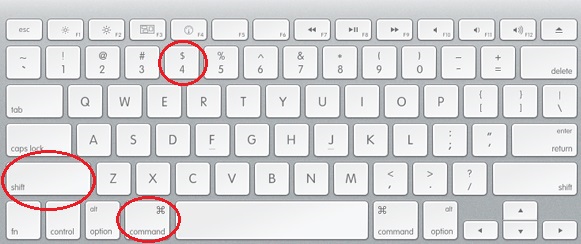What's in this article:
JSTOR Support is here to help but cannot observe exactly what is on your computer screen when you contact us. We do try our best to understand the issue based on your descriptions and other information we have about the site, however sometimes it is necessary for us to be able to observe exactly what you’re seeing on your screen.
Down below are instructions for taking a screenshot on a PC and Mac.
How to take a screenshot on a PC:
Hold down Alt and press the Print Screen (may look like PrtScn SysRq) at the same time. This will copy everything that’s in your current active window.

Go to whatever program you’d like to use to paste the image you have. You can paste the image by holding down Ctrl and pressing V.

Most email clients allow you to paste an image directly into the body of the message, but you can also enter the image into a Microsoft Word (or other word processing program) document.
One popular way to go about it is to open Microsoft Paint and pressing Ctrl + V after you open the program. This way, you can edit the image if you’d like, calling out specific important portions of the image, and you can save the image as a standalone file. Hold down Command and Shift at the same time, and then press 4. Let go of these three, press the space bar, and then click on the window you’d like to capture. A file will automatically save to your desktop.
The image for Microsoft Paint looks like this:

How to take a screenshot on a Mac:
Hold down Command and Shift at the same time, and then press 4. Let go of these three, press the space bar, and then click on the window you’d like to capture. A file will automatically save to your desktop.

If you’d rather just copy the image instead of creating a file (this is useful if you’d like to paste it into a document or email message), do all the commands above while holding down the Control button.

To paste the image into a document or message, click where you want the image to appear and hold Command while pressing V.
(Image Credit: Azriena Azman for all the PC keyboard layout images (which we edited), and to EricRobson214 for the Mac keyboard layout images (which we also edited).) These images are available under the Attribution 2.0 Generic Creative Commons license.